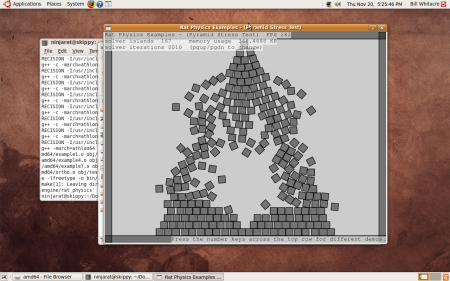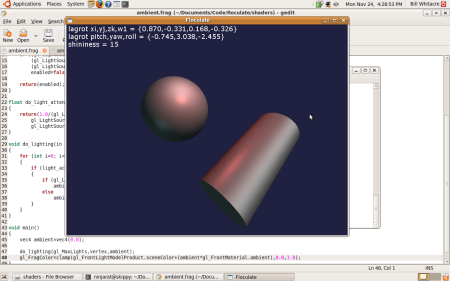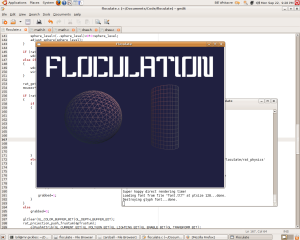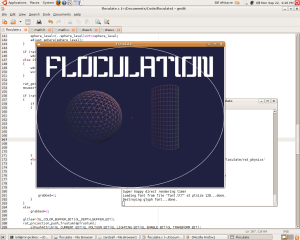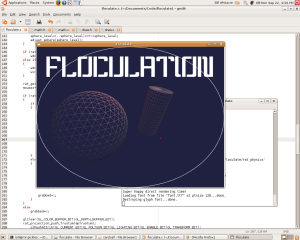Both are filled with good times. My good man Travis turned 17 on Thursday. Yesterday we had had a b-day party at Ian’s place, and it was a fucking good time is what it was. I can’t handle big parties, I hate ’em, but it was really just a few close friends just hanging out. Which is my favorite. I can’t handle too many people, or else I do an Asperger’s freakout.  I played some guitar, explained some autonoma theory, talked about stuff, then got blitzed and turned in to a sentemental cartoon of a wino. I’d say my +20 liver of steel diety level holy liquor containment was definitely called upon. I rarely drink so much. But anyway. I also recorded some hilarious footage, but I was told posting it would be in bad taste, so no drunken antics for you.
I played some guitar, explained some autonoma theory, talked about stuff, then got blitzed and turned in to a sentemental cartoon of a wino. I’d say my +20 liver of steel diety level holy liquor containment was definitely called upon. I rarely drink so much. But anyway. I also recorded some hilarious footage, but I was told posting it would be in bad taste, so no drunken antics for you.
But here are two pictures:

Travis recites a random Lord of the Rings passage to Cat in the spirit of awesome.
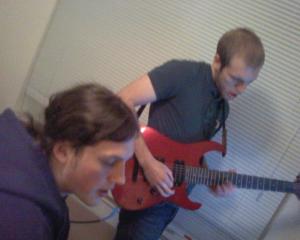
You know what else totally shreds? Tesselation algorithms! Check this shit out:
- Walk around loop and record all x and y values in respective lists. O(n) [iterate through nodes and copy values to lists]
- Remove duplicate x and y values, treating the lists independently. O(n) [iterate through lists, remove and continue only]
- Divide the space in to tiles using the x and y values from the nodes as seperate lists. O(1) [create tile array]
- Scan the tiles left to right, top to bottom. Anywhere possible: Grow a rectangle right and down for each iteration until as much space as possible is full. Repeat until all scanned. O(amortize(n))
Conclusion: this is a good-ass algorithm! BAM!

